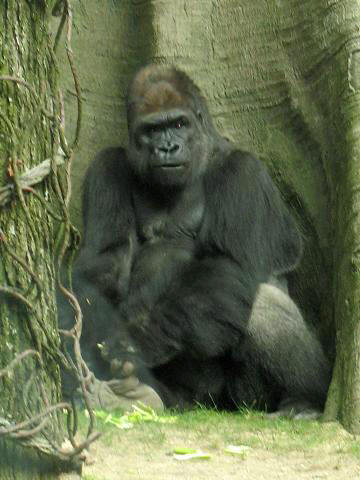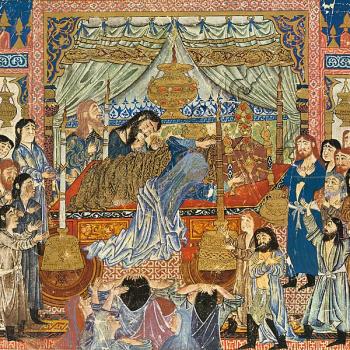
I return to a fascinating article in the January 2019 issue of Scientific American — “Evolved to Exercise: Unlike our ape cousins, humans require high levels of physical activity to be healthy” — by Herman Pontzer, an associate professor of evolutionary anthropology at Duke University. Here are my concluding notes from it:
Dr. Pontzer believes that it was the shift from a plant-based diet to an omnivorous diet including meat that made the difference:
In ecology and evolution, diet is destiny. The foods animals eat do not just shape their teeth and guts but their entire physiology and way of living. Species evolved to eat foods that are abundant and stationary need not roam too far or be too clever to fill up; grass does not hide or run away. Eating foods that are hard to find or capture means more travel, often coupled with increased cognitive sophistication. For instance, fruit-eating spider monkeys in Central and South America have larger brains and travel five times farther every day than the leaf-obsessed howler monkeys that share their forests. Carnivores on the African savanna travel three times farther a day than the herbivores they hunt. (26)
Moving up the food chain makes food more difficult to find and requires animals to work harder. Far more plant calories exist in a typical given landscape than animal calories. Hunter-gatherers commonly cover nine to fourteen kilometers on foot per day — about 12,000 to 18,000 steps, which is far more than the 10,000 steps that humans should be getting every day and very far more than the 5,000 steps that even fairly active urban dwelling people actually do get, if they’re determined.
Hunting and gathering, Professor Pontzer says, also put a premium on intelligence, because creativity, communication, and cooperation are rewarded with more calories and, thus, better reproductive odds.
A 2004 article by Dennis Bramble (University of Utah) and Daniel Lieberman (Harvard University) argues that humans evolved to run their prey to exhaustion, which might account for the “runner’s high” that some experience. It’s known that endurance exercise can improve memory, slow age-related cognitive decline, reduce chronic inflammation (a factor in cardiovascular disease), lower the risk of reproductive-system cancers, decrease stress, enhance immunity to infection, reduce insulin insensitivity (and, thus, fight type 2 diabetes), and lessen the production of fat. “Even light activity,” writes Dr. Pontzer, “such as standing instead of sitting, causes muscles to produce enzymes that help to clear fat from circulating blood” (29).
Professor Pontzer suggests that we can learn from our hunter-gatherer cousins (such as the Hadza people, of north-central Tanzania), who get “copious amounts of exercise,” enjoy lots of “fresh air, friendships and family,” and eat “whole food diets” — and who, seemingly as a consequence, develop neither heart disease nor diabetes. (29)
I got a kick out of Dr. Pontzer’s allusion to the evolutionary credo, though: In human evolution, he hastens to assure us, “any impression of momentum is an illusion. Evolution has a great memory but no plans.” “Evolution is not trying to get anywhere. We were not inevitable.” (28)












